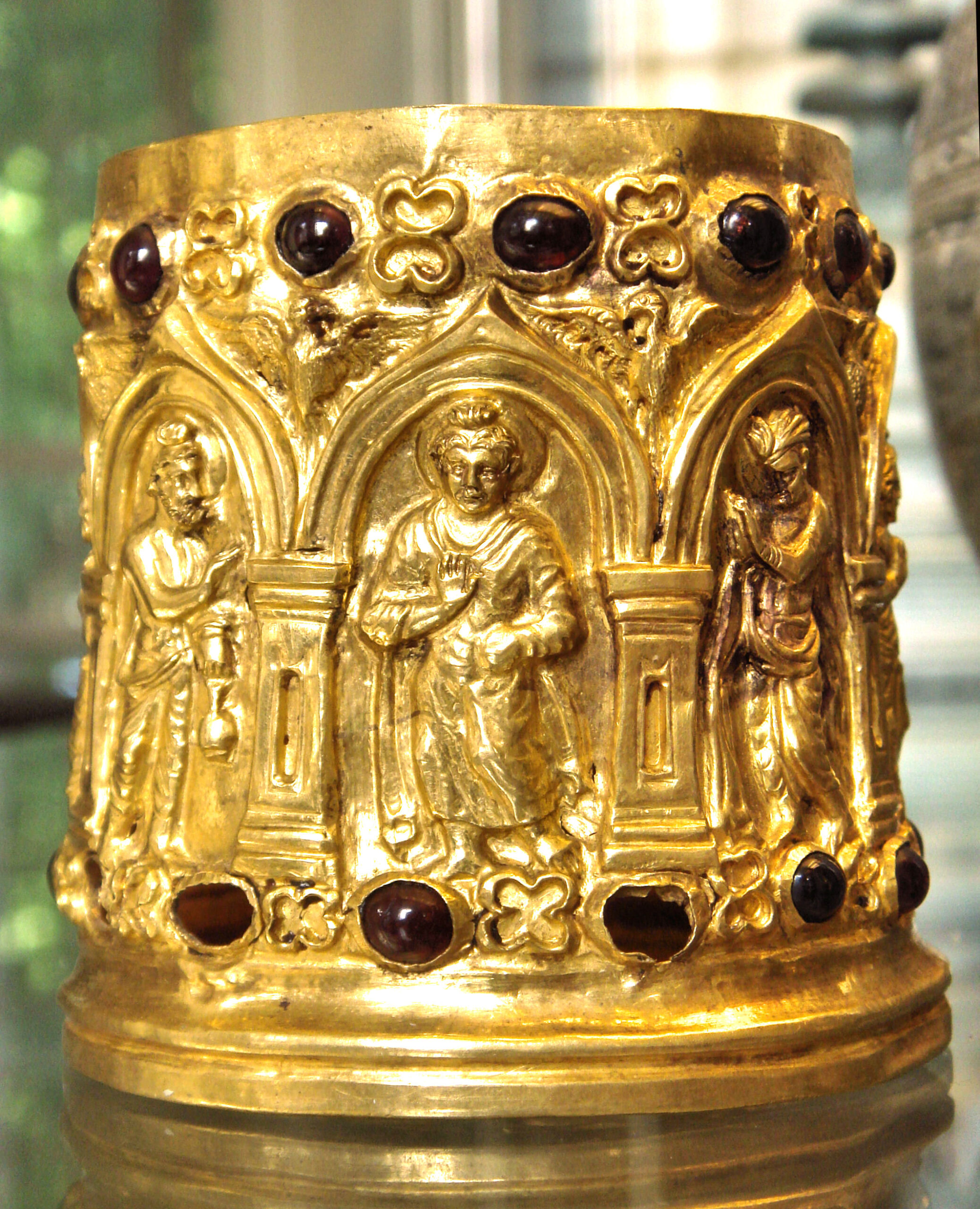The Taliban in Afghanistan are famous for a priceless collection of gold artifacts dating back more than 2,000 years.
The Bactrian Treasure is an incredible collection of gold! Discover the rich history and culture of the ancient Silk Road.

But during the Taliban takeover of the country after the withdrawal of American and British troops at the end of August, they disappeared.
Now, in a chilling message, Ahmadullah Wasiq, deputy head of the Taliban’s Cultural Commission, said efforts had begun to “track and locate” the 20,000 priceless pieces.
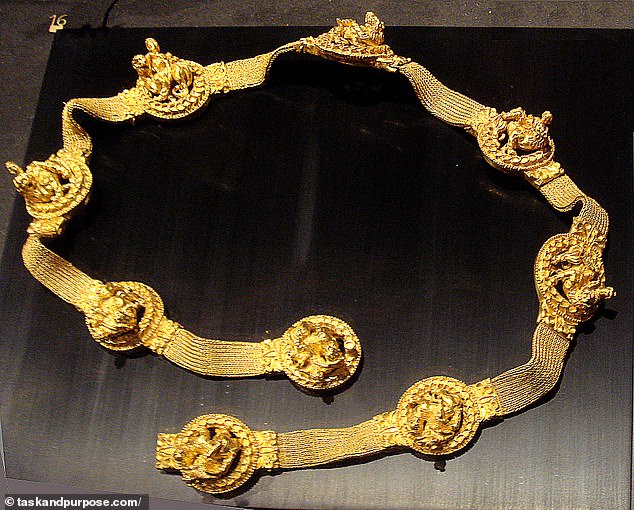
Wasiq told Tolo News: ‘The matter is under investigation and we will collect information to find out what the reality is.
“The government of Afghanistan will take serious action if this and other ancient objects are moved out of the country.”
Excavated more than four decades ago from the tombs of six wealthy nomads in the Tela Tapa area of the Sherberghan district of northern Afghanistan, the Bactrian Hoard is recognized as one of the largest collections of gold in the world.
Composed of 21,145 pieces, it includes gold cupids, dolphins, gods and dragons inlaid with semi-precious stones such as turquoise, carnelian and lapis lazuli.

The treasure known as the Bactrian Treasure is one of the largest collections of gold in the world.
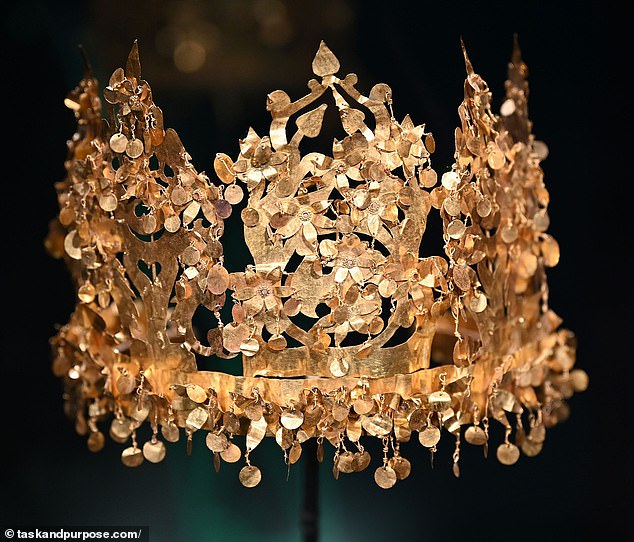
It also contains gold rings, coins, weapons, earrings, bracelets, necklaces, weapons and crowns.
Discovered between 1978 and 1979 by Soviet and Afghan archaeologists, the six tombs of five women and one man were discovered on what was a trade route in the ancient Greco-Bactarian kingdom that formed around 300 BC. during the era of Alexander the Great.
One of the toms contained a young woman in her thirties who was described as a nomadic princess by the leader of the di.
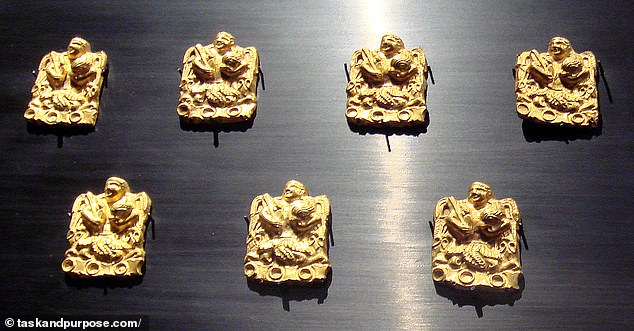
Inside the tom were Roman coins from the 1st century AD, daggers with Siberian bears, an Indian medallion with an early depiction of Buddha, intricate gold belts, and a 5-inch-high gold leaf crown.
Other treasures discovered date back to the Kushan empire, which was formed by the Yuezhi in the Bactrian territories at the beginning of the 1st century.
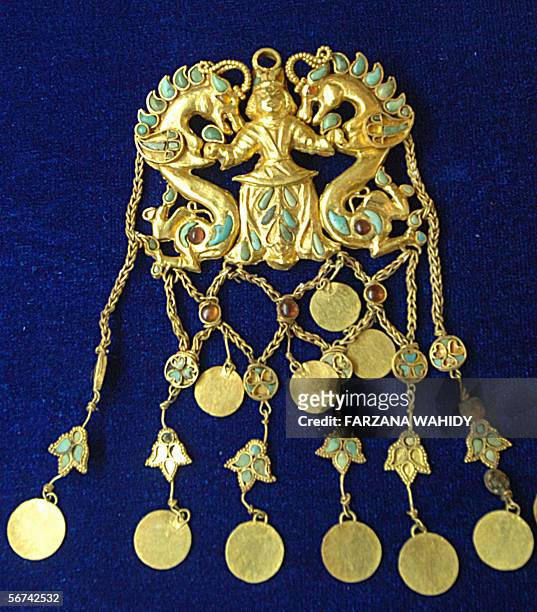
When the Taliban took over Afghanistan between 1996 and 2001, they destroyed many historical artifacts, including two huge 6th-century statues known as the Bamiyan Buddhas carved into a cliff.
After the arrival of British and American forces following the 9/11 attacks, the Bactrian treasure was brought out of hiding and has since been displayed in 13 countries, contributing more than £3 million to the Afghan treasury.
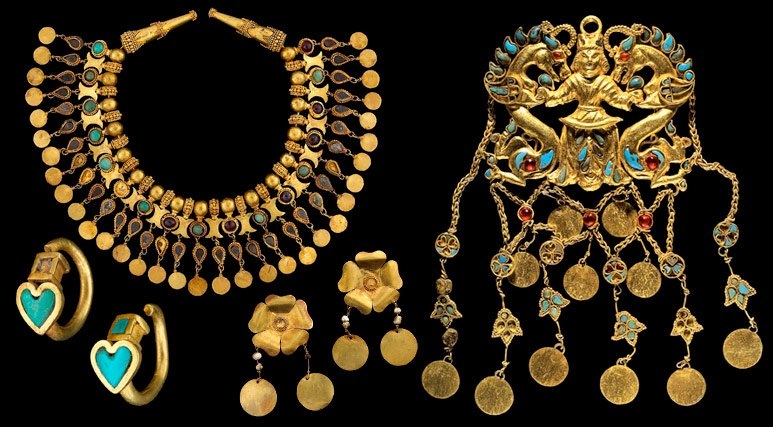
But on the day Kabul fell to marauding Taliban forces last month, the country’s National Museum posted a message on social media calling on “influential parties” to help prevent looting if the “conflict situation” deteriorated further. .
The director told National Geographic: “We have excellent protections for the safety of our staff and our collections.”
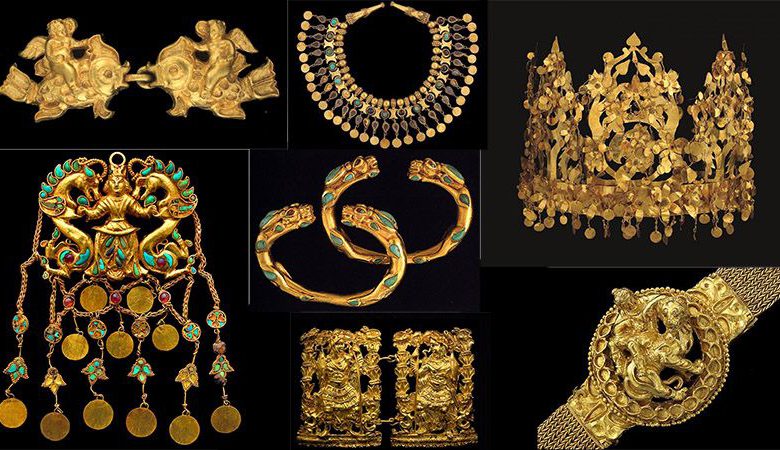
Now, the Bactrian Treasure has disappeared from the museum.
The Taliban’s Wasiq said that “any contract that has been signed with the international community on the protection of ancient and historical monuments will remain in force.”
